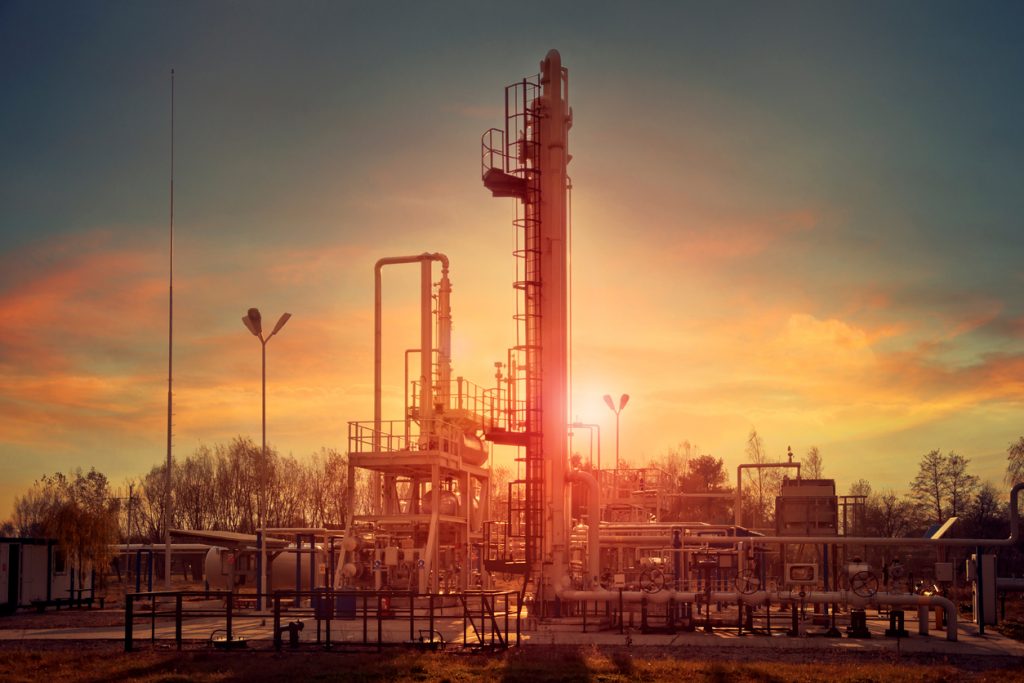High-speed reciprocating compressors deliver fast, efficient gas compression for demanding industrial applications. With higher throughput, improved energy efficiency, and reduced maintenance downtime, they outperform traditional models. Their compact design and operational flexibility make them ideal for industries seeking reliable, high-performance solutions with lower long-term costs and enhanced productivity.
Industrial facilities often face challenges related to energy efficiency, equipment reliability, and maximizing output. Traditional compression systems may not meet the increasing demands for speed and flexibility. High-speed reciprocating compressors offer a powerful solution to these concerns by enhancing productivity and reducing downtime.
This article explores the key benefits of using high-speed reciprocating compressors in industrial applications.
Benefits of Using High-Speed Reciprocating Compressors in Industrial Applications
High-speed reciprocating compressors are revolutionizing how industrial operations handle compression needs. Their superior speed, performance, and cost-effectiveness make them a valuable asset in various sectors.
Here is a closer look at why these compressors are a preferred choice for modern industry.
What Are High-Speed Reciprocating Compressors?
High-speed reciprocating compressors are positive-displacement machines designed to compress gas using pistons that move at higher speeds than traditional models. Typically operating above 1,200 revolutions per minute (RPM), they deliver high flow rates in compact units. These compressors are used in industries such as oil and gas, chemical processing, and manufacturing, where efficiency and output are critical.
Unlike slower units, high-speed reciprocating compressors combine agility with durability, making them a versatile option for demanding environments.
Key Design Features and Functionality
The effectiveness of high-speed reciprocating compressors lies in their engineering. These units are designed with lightweight pistons, precision-machined components, and advanced lubrication systems to manage high rotational speeds. Their modular design allows for easier maintenance and scalability.
In addition, most models come equipped with control systems for real-time performance monitoring. These features enable high-speed reciprocating compressors to achieve reliable operation under intense working conditions while minimizing energy losses and wear.
Increased Throughput and Compression Rates
One of the most noticeable advantages of high-speed reciprocating compressors is their ability to process higher volumes of gas within shorter cycles. Their fast-moving pistons and optimized valve timing allow for increased throughput without sacrificing compression quality.
This means industrial operations can meet higher demand with fewer machines, reducing the need for additional equipment. The improved capacity of high-speed reciprocating compressors makes them ideal for fast-paced production environments.
Improved Energy Efficiency
Energy consumption is a major concern in industrial applications. High-speed reciprocating compressors help reduce this burden by delivering greater output per unit of energy. Their precision design minimizes internal leakage and friction, resulting in less wasted power.
Furthermore, the ability to modulate speed and capacity based on demand contributes to efficient energy usage. This makes high-speed reciprocating compressors a smart investment for companies focused on sustainability and cost savings.
Faster Startup and Shutdown Cycles
Unlike larger, slower machines that require extended ramp-up periods, high-speed reciprocating compressors offer rapid startup and shutdown capabilities. This feature is particularly useful in applications where load demands fluctuate or where equipment must be cycled frequently. Shorter transition times improve responsiveness and minimize energy use during idle periods.
These fast cycles give high-speed reciprocating compressors a clear advantage in environments requiring operational agility.
Enhanced Flexibility Across Applications
High-speed reciprocating compressors are suitable for a wide range of industrial applications due to their versatile design. They can handle different gases, pressures, and operating conditions with minor modifications. This adaptability reduces the need for multiple compressor models across a facility.
Whether used for natural gas, air, or industrial gases, high-speed reciprocating compressors provide consistent performance. Their ability to fit various roles makes them a valuable tool in both large-scale and small-scale operations.
Reduced Maintenance Downtime
Maintenance is a significant factor in overall equipment effectiveness. High-speed reciprocating compressors are designed with easy-access components and standardized parts to simplify upkeep. Routine servicing can often be performed without dismantling the entire unit.
In addition, their robust design minimizes wear on critical parts, reducing the frequency of unplanned repairs. As a result, downtime is minimized, and productivity remains high throughout the compressor’s operational life.
Lower Operational Costs Over Time
Although high-speed reciprocating compressors may involve higher upfront investment, their total cost of ownership is typically lower. Reduced maintenance, better energy efficiency, and fewer required units all contribute to significant savings over time.
Furthermore, their long operational life helps maximize return on investment. When viewed through a lifecycle cost lens, high-speed reciprocating compressors consistently outperform traditional alternatives.
Suitability for High-Pressure Requirements
Certain industrial processes demand high-pressure operation for optimal results. High-speed reciprocating compressors are well-suited to meet these needs due to their powerful piston-driven mechanisms and advanced sealing technologies. They can deliver consistent pressure even under varying load conditions.
This capability makes them ideal for demanding applications such as gas reinjection, petrochemical processing, and pipeline transportation.
Environmental and Emission Advantages
Modern high-speed reciprocating compressors are designed with environmental compliance in mind. Their efficient combustion and lower energy usage contribute to reduced greenhouse gas emissions.
In addition, advanced control systems can be used to monitor and regulate emissions in real time. These features support corporate sustainability goals and help meet regulatory requirements. As industries strive to minimize environmental impact, high-speed reciprocating compressors offer a cleaner alternative.
Selecting the Right Compressor for Your Industry
Choosing the right high-speed reciprocating compressor depends on factors such as operating pressure, gas composition, and desired flow rate. It’s essential to evaluate system requirements and consult with experienced manufacturers or engineers. Customization options allow for fine-tuning based on specific needs.
With the right selection and integration, high-speed reciprocating compressors can significantly improve operational efficiency and reliability in virtually any industrial setting.
Need Compressor Valve Parts?
Looking for durable, precision-engineered compressor valve parts to support your high-speed reciprocating compressors? At KB Delta, we supply industry-grade components designed for maximum performance and longevity. We carry parts such as metallic valve parts, thermoplastic valve parts, complete valve assemblies, and compression springs.
Contact us today to find the exact parts you need to maintain and enhance your compression systems.
Conclusion
High-speed reciprocating compressors offer numerous benefits for industrial applications, from energy efficiency to reduced maintenance costs. Their flexibility, performance, and reliability make them a preferred choice in modern operations.
Investing in these advanced compressors can significantly boost productivity while supporting long-term cost savings and environmental goals.

